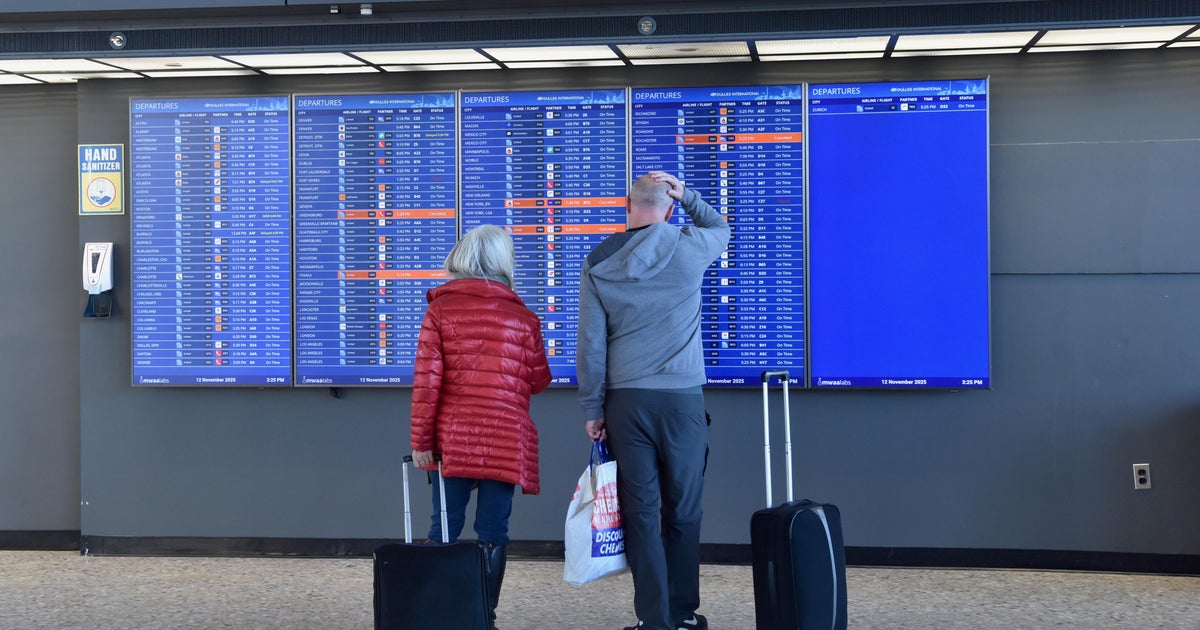
The 2025 U.S. government shutdown, by the numbers
The longest government shutdown in modern U.S. history came to a close Wednesday night when President Trump signed a bill to fund the government through Jan. 30, ending a 43-day-long impasse.
The shutdown impacted 42 million federal food aid recipients, 670,000 furloughed federal employees and 4,000 government workers who faced layoffs. It also threatened more than $7 billion in economic damage.
Read more here.
How the longest government shutdown in history came to an endHow the longest government shutdown in history came to an end
The longest government shutdown in history came to an end on Wednesday, after a Senate breakthrough ended weeks of gridlock that caused air travel disruptions, denied access to food benefits to millions and forced thousands of federal workers to go without paychecks.
The standoff stretches back to late September. House Republicans passed a short-term measure to keep the government open, facing an Oct. 1 deadline. But Democratic support was necessary to move the bill through the Senate. And with few opportunities to exert influence, Democrats set out to center health care issues in the funding fight — setting their sights on extending a set of expiring health insurance tax credits in exchange for their votes.
For most of the ensuing 43-day-long shutdown, Republicans and Democrats traded blame for the funding impasse, and each side remained largely united. But throughout it all, member-level bipartisan conversations seeking an off-ramp were bubbling under the surface.
Last weekend, the deal to end the shutdown finally came together.
Read more here.
Smithsonian staggers museum, zoo reopenings
The Smithsonian Institution announced that it would stagger reopenings after the shutdown ended, with the National Museum of American History, the National Air and Space Museum, and the Steven F. Udvar-Hazy Center set to reopen on Friday. The other museums, research centers, and the National Zoo are set to reopen on a rolling basis by Monday.
Smithsonian museums, research centers and the National Zoo closed on Oct. 12 because of the shutdown, using prior-year funding to keep the entities open for more than a week after funding lapsed.
